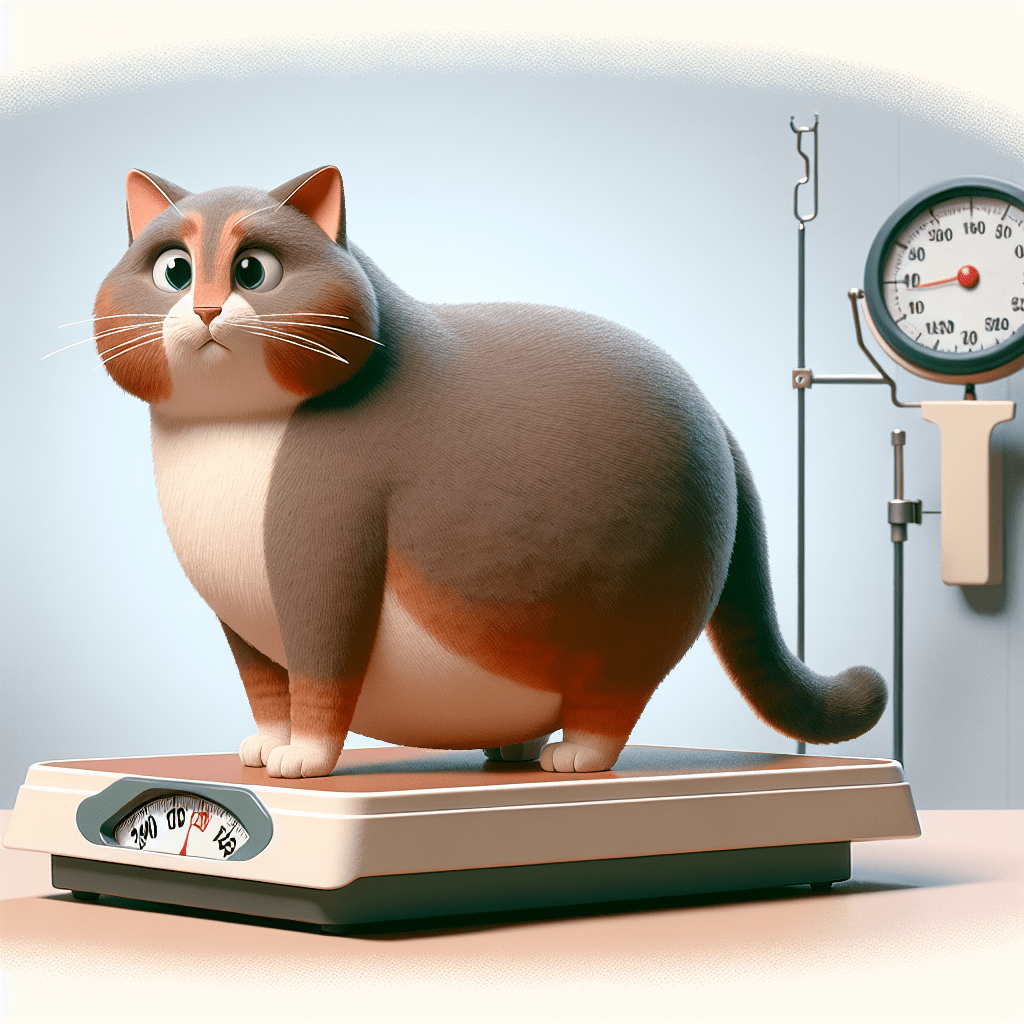

Keeping your feline friend healthy is a crucial part of responsible pet ownership. Like humans, cats can struggle with weight issues that lead to health concerns. Recognizing whether your cat is carrying extra pounds requires keen observation and understanding. Identifying the signs of weight gain can help you take proactive steps to ensure your cat remains lively and happy.
Cats that are overweight face various risks, ranging from diabetes to joint problems. It’s a growing concern as more cats display a tendency to become sedentary, leading to weight gain. Cats are deliciously food-driven creatures that often fall victim to overeating, making mindful feeding practices essential. Understanding your cat’s weight status can help you take actionable steps towards their well-being.
Monitoring your cat’s weight isn’t just about aesthetics; it’s about health. An overweight cat can face serious medical issues, including heart disease, arthritis, and certain cancers. Keeping a close eye on your cat’s weight can also improve their quality of life. Regular check-ups and at-home assessments can help catch potential problems early, facilitating immediate attention and care.
Cat obesity affects a broad range of felines. Indoor cats, who may not have the same opportunities for exercise as outdoor cats, are particularly at risk. Senior cats and certain breeds, such as Persians and Maine Coons, may also be more susceptible. Additionally, owners who may not realize they’re overfeeding or miscalculating their cat’s dietary needs contribute to weight gain issues. Understanding who is at risk can help owners create tailored strategies for weight management.
Determining if your cat is overweight involves assessing their body condition score (BCS). Various scales can help you gauge this, but a common metric is visual. Healthy cats have a defined waist and can feel their ribs with a slight covering of fat. If you cannot feel the ribs easily, or if your cat’s belly hangs down, they could be overweight. Using a standardized BCS chart can provide clarity, allowing you to understand where your cat falls within the acceptable range.
Information about maintaining your cat’s weight is widely available. Your veterinarian is the best resource for tailored advice. Many pet stores also offer weight management programs and consultations. Online communities, including forums and social media groups, allow for shared experiences where cat lovers discuss challenges and solutions. Websites like the Association for Pet Obesity Prevention provide valuable insights into pet health.
Weight monitoring should begin as soon as you adopt or rescue a cat. Regular weigh-ins can help track your cat’s growth and maturity. Once your cat reaches adulthood, maintain an active weight monitoring schedule using vet check-ups, or even at-home scales. During weight loss regimes, regular assessments will help track progress and adjust strategies as needed.
There are multiple strategies for helping your cat shed unwanted pounds. Start with controlled feeding: measure their food portions to avoid overfeeding. Swapping to a high-quality, lower-calorie food can also help them feel fuller with fewer calories. Increasing playtime and interactive toys can stimulate them mentally and physically. Lastly, regular vet visits can help keep track of their progress and make adjustments as needed.
Weight management has clear benefits but also comes with its challenges.
Pros:
Cons:
A variety of products are available to help manage your cat’s weight. Look for:
Taking proactive steps to manage your cat’s weight not only enhances their life’s quality but also reduces long-term health risks. Sharing experiences in pet communities fosters a supportive environment, encouraging healthy habits. If you have a story to share about your journey with your cat’s weight management or seek advice, don’t hesitate to connect with fellow cat lovers.
1. How do I know if my cat is overweight?
Check if you can feel their ribs and see a waistline. If in doubt, consult your veterinarian.
2. What is a good diet for an overweight cat?
Choose high-protein, low-carb foods designed for weight management. Consult your vet for the best options.
3. How much should I feed my cat?
Follow feeding guidelines on food packaging, adjust as necessary based on your cat’s needs, and consult your vet.
4. How can I get my cat to exercise more?
Engage with toys, create interactive environments, and consider investing in a cat tree or climbing structures.
5. What if my cat resists changes in their diet?
Gradually introduce new foods while mixing with their current diet, and consult your vet for alternatives that may appeal more to your cat.
Disclaimer: As an Amazon Associate, I earn from qualifying purchases. I may earn a commission from qualifying purchases as an affiliate. Please note that I only recommend products I believe will provide value to my readers.